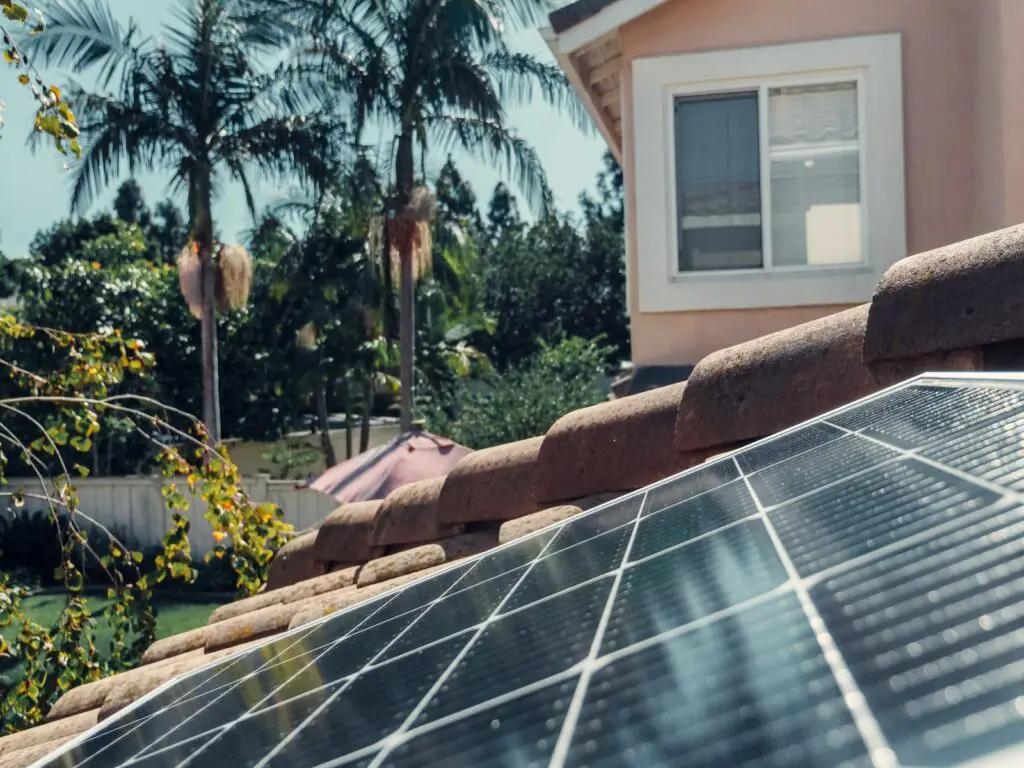The question of whether a solar battery can charge and discharge at the same time is a fascinating one, touching on the intricate workings of solar energy systems.
Solar batteries generally cannot charge and discharge simultaneously in the strictest sense because charging and discharging are opposite processes. A battery either accepts energy (charging) or releases energy (discharging).
However, in a solar system with a battery management system (BMS), it may appear that the battery is doing both at the same time.
This is because the BMS can intelligently manage the flow of electricity to different loads and prioritize charging or discharging based on the system’s needs.
For example, if your solar panels are generating more power than what your home is currently consuming, the excess power will charge the batteries.
If the power generated is less than the home’s consumption, the batteries might discharge to supplement the difference.
Additionally, some systems can perform what’s known as ‘load shifting‘ or ‘peak shaving‘ where the system simultaneously takes energy from the solar panels to serve the load while using any excess to charge the batteries.
When the demand is higher than the solar production, the system will supply the load partly from the solar panels and partly by discharging the batteries.
This complex interaction, managed by the system’s inverter and charge controller, can create the impression of simultaneous charging and discharging.
How to Prevent Overcharging of Solar Batteries?
Preventing overcharging of solar batteries is critical to maintaining their health and longevity.
Overcharging can lead to reduced battery capacity, leakage, or even failure.
To avoid this, solar power systems are typically equipped with charge controllers, which regulate the flow of electricity to the batteries.
These controllers precisely monitor the battery voltage and reduce or cut off the charge when the batteries reach full capacity.
Additionally, modern systems may use smart technology to adapt charging patterns based on usage and historical data, further protecting the battery from being overcharged.
Regular maintenance checks and careful system design tailored to the specific needs of the application also play vital roles in safeguarding solar batteries against overcharge.








